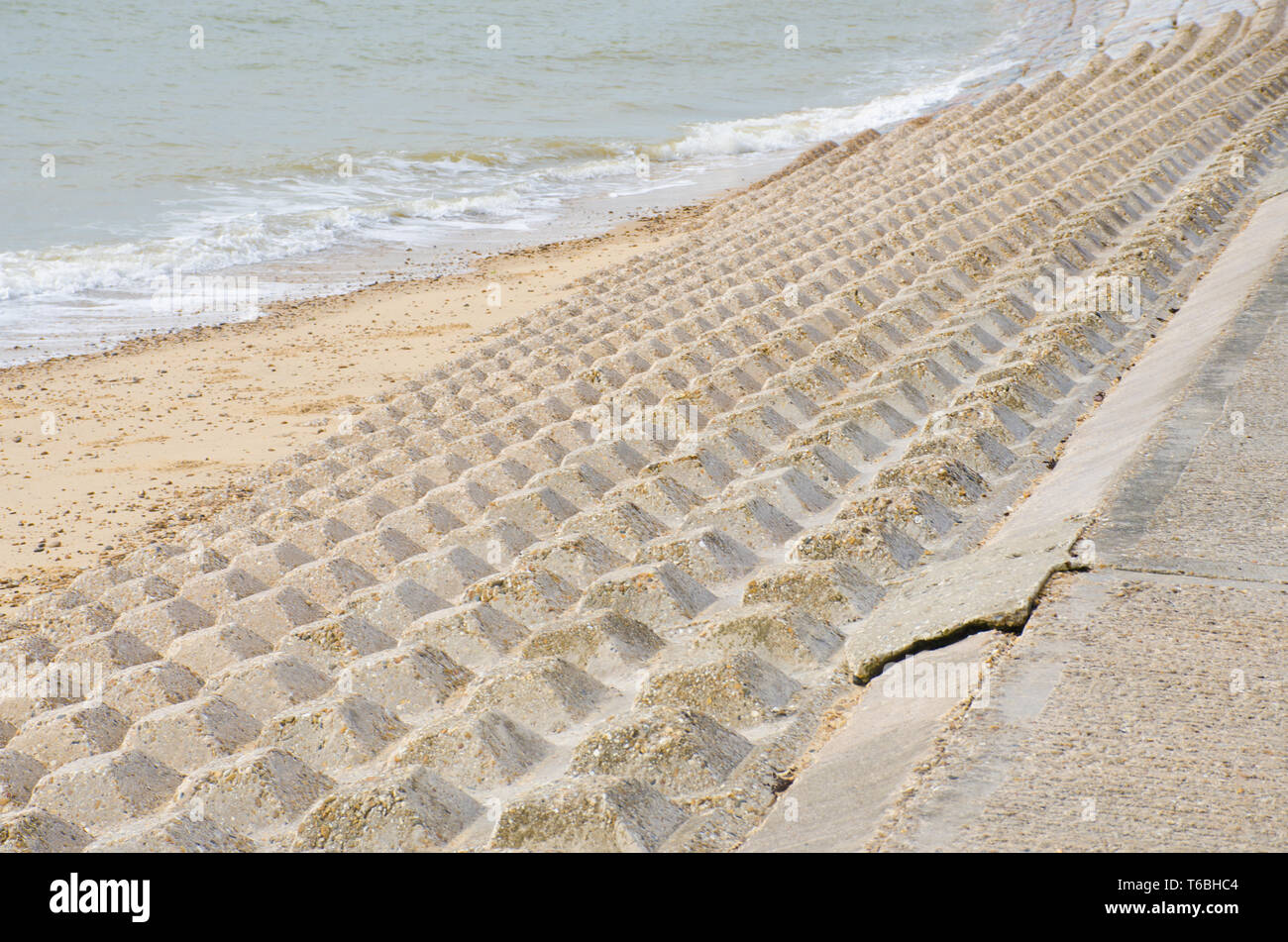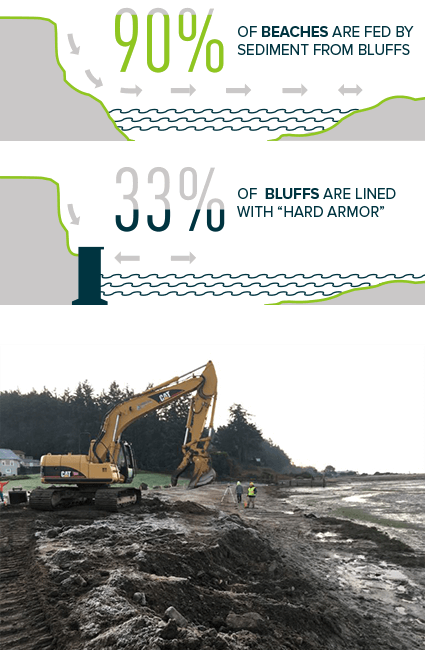Shore Protect Team Can Be Fun For Everyone
Table of ContentsHow Shore Protect Team can Save You Time, Stress, and Money.The smart Trick of Shore Protect Team That Nobody is DiscussingA Biased View of Shore Protect Team6 Easy Facts About Shore Protect Team DescribedWhat Does Shore Protect Team Mean?Shore Protect Team - TruthsThe Greatest Guide To Shore Protect Team
Decline in home value: As the area tourism is influenced by disintegration, so after that is the economy. Purchasers are much less most likely to browse for a beach house that could be damaged at any moment by the upcoming flooding and erosion emergency situation. In turn, property worth can drop greatly and influence the entire area.Whether a coastline is simply little and congested or has to shut totally for the safety and security of the ecological community and nearby properties, this considerably impacts tourist. Consequently, regional economies are impacted (https://infogram.com/shore-protect-team-1h9j6q7d873pv4g). Risk of injury: The boosted threat of flooding and structural failures causes an enhanced danger of injury to close-by visitors and community members

is home to more than 84,240 miles of shoreline with 41% of it exposed to the open sea. Coastal designers are in charge of securing the coastline versus changes by lessening the detrimental effects of both natural and manufactured occurrences. Shoreline stablizing is directly pertaining to their task. Waterfront resorts: Due to the fact that coastline erosion effects tourism, it influences the success of beachfront resorts.
Our Shore Protect Team Ideas
Coastal industrial businesses: No tourists indicates no service. Coastal state parks: State parks that exist along coastlines are at danger of damage.
Soft stabilization is a better remedy for the setting and more sustainable overall. Hard stabilization makes use of synthetic frameworks as security to regulate disintegration. Generally, these structures are installed at ideal angles or alongside stop sand motion and decrease the force of waves. A lot of types of hard stabilization like seawalls and sheet metal are not excellent for coastline stabilization.
Examine This Report on Shore Protect Team
There's additionally not nearly enough proof of their performance depending upon the kind of coastline and neighborhood conditions. Tough stabilization methods have a tendency to be extra challenging to set up and don't match the natural aesthetic, protruding like an aching thumb and harming neighborhood ecosystems in many scenarios. Coastline sustenance is the procedure of adding shed sand and debris back to coastlines after disintegration has occurred.
TrapBags help in the procedure of beach nutrition by shielding natural ecological communities and permitting plants to expand. While this procedure can be pricey and is not irreversible, the pros often tend to outweigh the disadvantages. TrapBag obstacles deal many residential or commercial properties that make them ideal for coastal and riverbank erosion defense. They're: Eco-friendly: You can use indigenous soil both to surround and to fill the TrapBags.

Shore Protect Team Things To Know Before You Get This
Easy to install: Ease of installation implies TrapBags can be deployed quickly in the event of an emergency. They can additionally be mounted with no hefty equipment. Inexpensive: TrapBags are optimal for both tiny and large areas of coastline. They supply a budget friendly service to cover projects of any kind of dimension.
Combined with a high building cost, this has led to boosting use of various other soft engineering seaside monitoring options such as coastline replenishment. Seawalls are built from different materials, most frequently enhanced concrete, rocks, steel, or gabions. Various other possible building products include plastic, timber, aluminum, fiberglass composite, and biodegradable sandbags made from hemp and coir. The appropriate seawall design counts on location-specific elements, including bordering disintegration processes. There are three primary sorts of seawalls: vertical, rounded, tipped, and piles (see table listed below). A report published by the United Nations Atmosphere Program (UNEP) suggests that the tidal wave of 26 December 2004 triggered much less damages in the locations where all-natural barriers were existing, such as mangroves, coral reefs or seaside vegetation.
Natural barriers, such as reef and mangrove woodlands, stop the spread of tidal waves and the circulation of seaside waters and reduced the flood and surge of water. A cost-benefit approach is a reliable way to determine whether a seawall is ideal and whether the benefits are worth the cost.
Fascination About Shore Protect Team
A seawall is a static feature which can clash with the dynamic nature of the coast and hamper the exchange of sediment in between land and sea. Advantages and drawbacks of seawalls according to Short (1999) Benefits Drawbacks Long term remedy in comparison to soft coastline nutrients (https://justlink.org/details.php?id=399715).

This can cause coastlines to dissipate, rendering them pointless for coastline goers. Usually, seawalls can be a successful means to regulate seaside erosion, but just if they are constructed well and out of materials that can withstand the pressure of ongoing wave energy. Some understanding is needed of the coastal procedures and morphodynamics certain to the seawall location.
Shore Protect Team for Dummies
The ideal seawall style relies on location-specific elements, including bordering erosion procedures. There are three major types of seawalls: upright, rounded, tipped, and piles (see table listed below).
Natural barriers, such as coral reefs and mangrove woodlands, avoid the spread of tidal waves and the flow of coastal waters and reduced the flooding and rise of water. A cost-benefit technique is an effective means to establish whether a seawall is proper and whether the benefits deserve the expense.
The smart Trick of Shore Protect Team That Nobody is Talking About
A seawall is a static attribute which can clash with the vibrant nature of the coast and impede the exchange of debris in between land and sea. The table listed below sums up some positive and adverse results of seawalls which can be made use of when comparing their effectiveness with other coastal monitoring alternatives, such as beach nutrients. [] Advantages and negative aspects of seawalls according to Short (1999) Advantages Negative aspects Long term remedy in comparison to soft coastline nutrition. waterfront property.

This can cause coastlines to dissipate, making them pointless for coastline goers. Generally, seawalls can be a successful method to regulate seaside erosion, but just if they are constructed well and out of products that can hold up against the force of recurring wave energy.